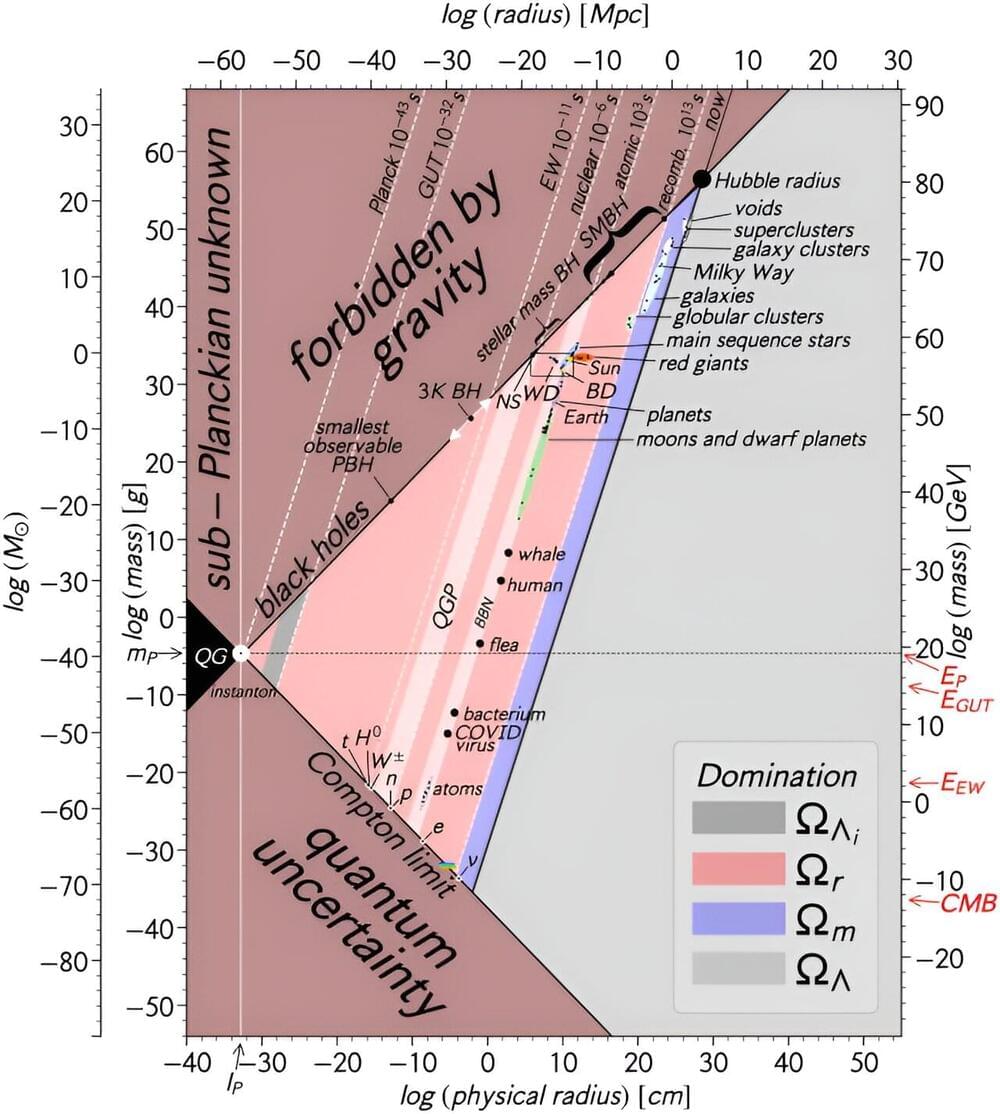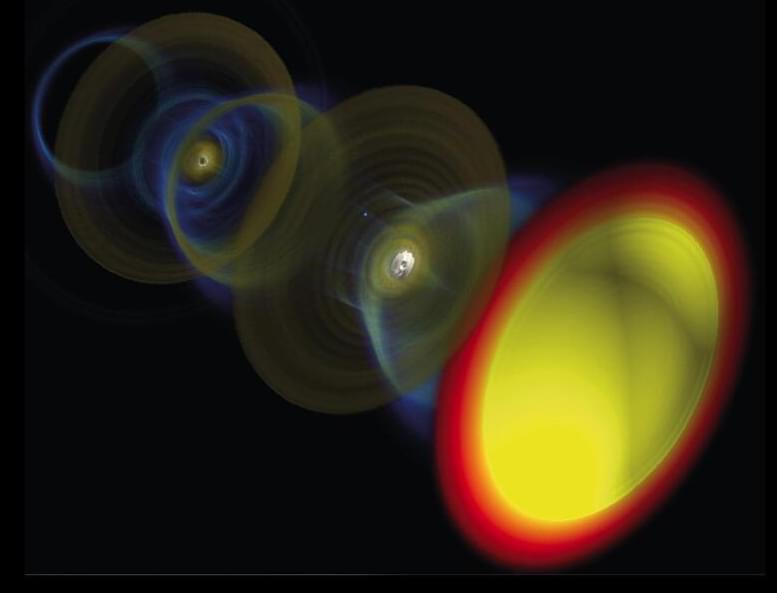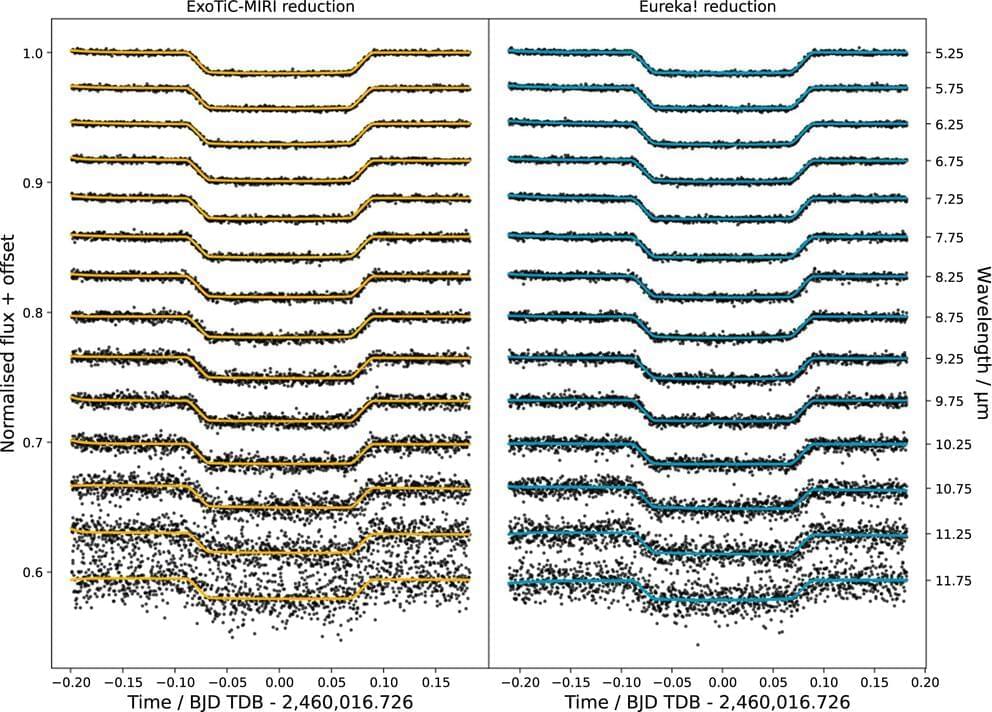FAU team of researchers succeed for the first time in accelerating electrons using a nano device.



Recent studies have found that Gires-Tournois (GT) biosensors, a type of nanophotonic resonator, can detect minuscule virus particles and produce colorful micrographs (images taken through a microscope) of viral loads. But they suffer from visual artifacts and non-reproducibility, limiting their utilization.
In a recent breakthrough, an international team of researchers, led by Professor Young Min Song from the School of Electrical Engineering and Computer Science at Gwangju Institute of Science and Technology in Korea, has leveraged artificial intelligence (AI) to overcome this problem. Their work was published in Nano Today.
Rapid and on-site diagnostic technologies for identifying and quantifying viruses are essential for planning treatment strategies for infected patients and preventing further spread of the infection. The COVID-19 pandemic has highlighted the need for accurate yet decentralized diagnostic tests that do not involve complex and time-consuming processes needed for conventional laboratory-based tests.

Ever since the 17th-century debates between Isaac Newton and Christiaan Huygens about the essence of light, the scientific community has grappled with the question: Is light a wave or a particle — or perhaps, at the quantum level, even both at once? Now, researchers at the Stevens Institute of Technology have revealed a new connection between the two perspectives, using a 350-year-old mechanical theorem — ordinarily used to describe the movement of large, physical objects like pendulums and planets — to explain some of the most complex behaviors of light waves.
The work, led by Xiaofeng Qian, assistant professor of physics at Stevens and reported in the August 17 online issue of Physical Review Research, also proves for the first time that a light wave’s degree of non-quantum entanglement exists in a direct and complementary relationship with its degree of polarization. As one rises, the other falls, enabling the level of entanglement to be inferred directly from the level of polarization, and vice versa. This means that hard-to-measure optical properties such as amplitudes, phases, and correlations – perhaps even those of quantum wave systems – can be deduced from something a lot easier to measure: light intensity.

The molecular synthesizer once thought to be impossible to make is now quite a possibility due to this discovery with electron beams that can heal crystalline structures and also build objects from electron beams this could one day be amplified to create even food with light into matter electron beams. Also this could create even life or even rebirth a universe or planet or sun really eventually anything that is matter. Really it is a molecular assembler with nearly limitless applications.
Electron beams can be used to heal nano-fractures in crystals instead of causing further damage to them, as initially expected by researchers who now report their surprise findings. Used to power microscopes that examine the smallest materials in the universe, electron beams may also be able to be used to create novel microstructures one atom at a time.
A feat once thought impossible, researchers at the University of Minnesota Twin Cities (UMN) behind the discovery said it had been assumed that using electron beams to study nanostructures carried the additional risk of exacerbating microscopic cracks and flaws already in the material.
“For a long time, researchers studying nanostructures were thinking that when we put the crystals under electron beam radiation to study them that they would degrade,” explained Andre Mkhoyan, a UMN chemical engineering and materials science professor and the lead researcher in the study.

“For AI to be motivated towards a goal, it must know what it wants.”
The possible board combinations in a game of Go are more than the number of atoms in the known universe, but it’s still a finite number. In the real world, there are infinite possibilities for what might happen next, and uncertainty is rampant. How realistic, then, is AGI?
A recent research paper published in Frontiers in Ecology and Evolution explores obstacles toward AGI. Biological systems with degrees of general intelligence — organisms ranging from the humble microbes to the humans reading this — are capable of improvising to meet their goals. What prevents AI from improvising?

The most comprehensive view of the history of the universe ever created has been produced by researchers at The Australian National University (ANU). The study also offers new ideas about how our universe may have started.
Lead author Honorary Associate Professor Charley Lineweaver from ANU said he set out wanting to understand where all the objects in the universe came from.
“When the universe began 13.8 billion years ago in a hot big bang, there were no objects like protons, atoms, people, planets, stars or galaxies. Now the universe is full of such objects,” he said.

An international team of scientists is rethinking the basic principles of radiation physics with the aim of creating super-bright light sources. In a new study published in Nature Photonics, researchers from the Instituto Superior Técnico (IST) in Portugal, the University of Rochester, the University of California, Los Angeles, and Laboratoire d’Optique Appliquée in France proposed ways to use quasiparticles to create light sources as powerful as the most advanced ones in existence today, but much smaller.
Quasiparticles are formed by many electrons moving in sync. They can travel at any speed—even faster than light—and withstand intense forces, like those near a black hole.
“The most fascinating aspect of quasiparticles is their ability to move in ways that would be disallowed by the laws of physics governing individual particles,” says John Palastro, a senior scientist at the Laboratory for Laser Energetics, an assistant professor in the Department of Mechanical Engineering, and an associate professor at the Institute of Optics.

University of Otago physicists have used a small glass bulb containing an atomic vapor to demonstrate a new form of antenna for radio waves. The bulb was “wired up” with laser beams and could therefore be placed far from any receiver electronics.
Dr. Susi Otto, from the Dodd-Walls Center for Photonic and Quantum Technologies, led the field testing of the portable atomic radio frequency sensor. A paper on the creation was published in Applied Physics Letters.
Such sensors, that are enabled by atoms in a so-called Rydberg state, can provide superior performance over current antenna technologies as they are highly sensitive, have broad tunability, and small physical size, making them attractive for use in defense and communications.

WASHINGTON, Oct 16 (Reuters) — When British naturalist Charles Darwin sketched out his theory of evolution in the 1,859 book “On the Origin of Species” — proposing that biological species change over time through the acquisition of traits that favor survival and reproduction — it provoked a revolution in scientific thought.
Now 164 years later, nine scientists and philosophers on Monday proposed a new law of nature that includes the biological evolution described by Darwin as a vibrant example of a much broader phenomenon, one that appears at the level of atoms, minerals, planetary atmospheres, planets, stars and more.
It holds that complex natural systems evolve to states of greater patterning, diversity and complexity.

Researchers using NASA’s James Webb Space Telescope have detected evidence for quartz nanocrystals in the high-altitude clouds of WASP-17 b, a hot Jupiter exoplanet 1,300 light-years from Earth.
The detection, which was uniquely possible with MIRI (Webb’s Mid-Infrared Instrument), marks the first time that silica (SiO2) particles have been spotted in an exoplanet atmosphere.
The quartz crystals are only about 10 nanometers across, so small that 10,000 could fit side-by-side across a human hair. Their size and composition of pure silica were reported in “JWST-TST DREAMS: Quartz Clouds in the Atmosphere of WASP-17b,” published in Astrophysical Journal Letters.